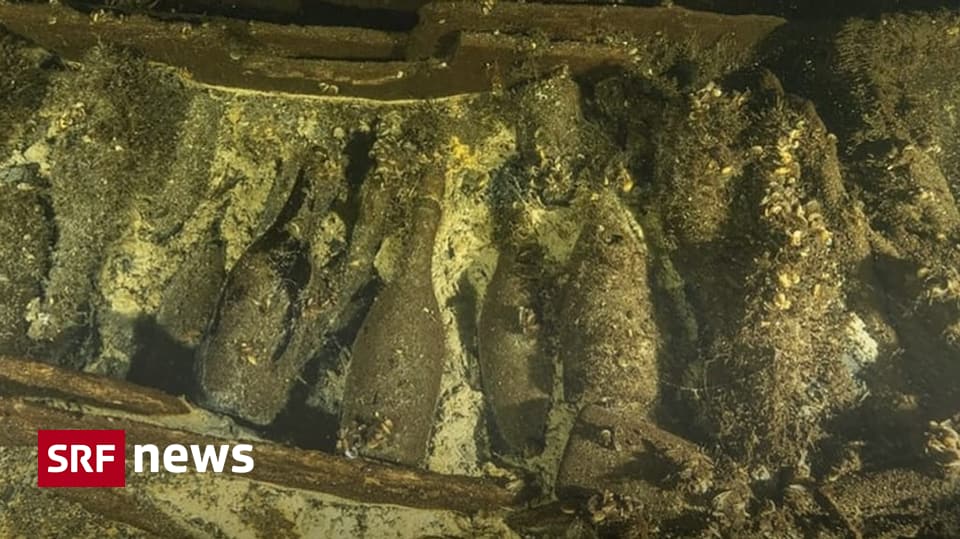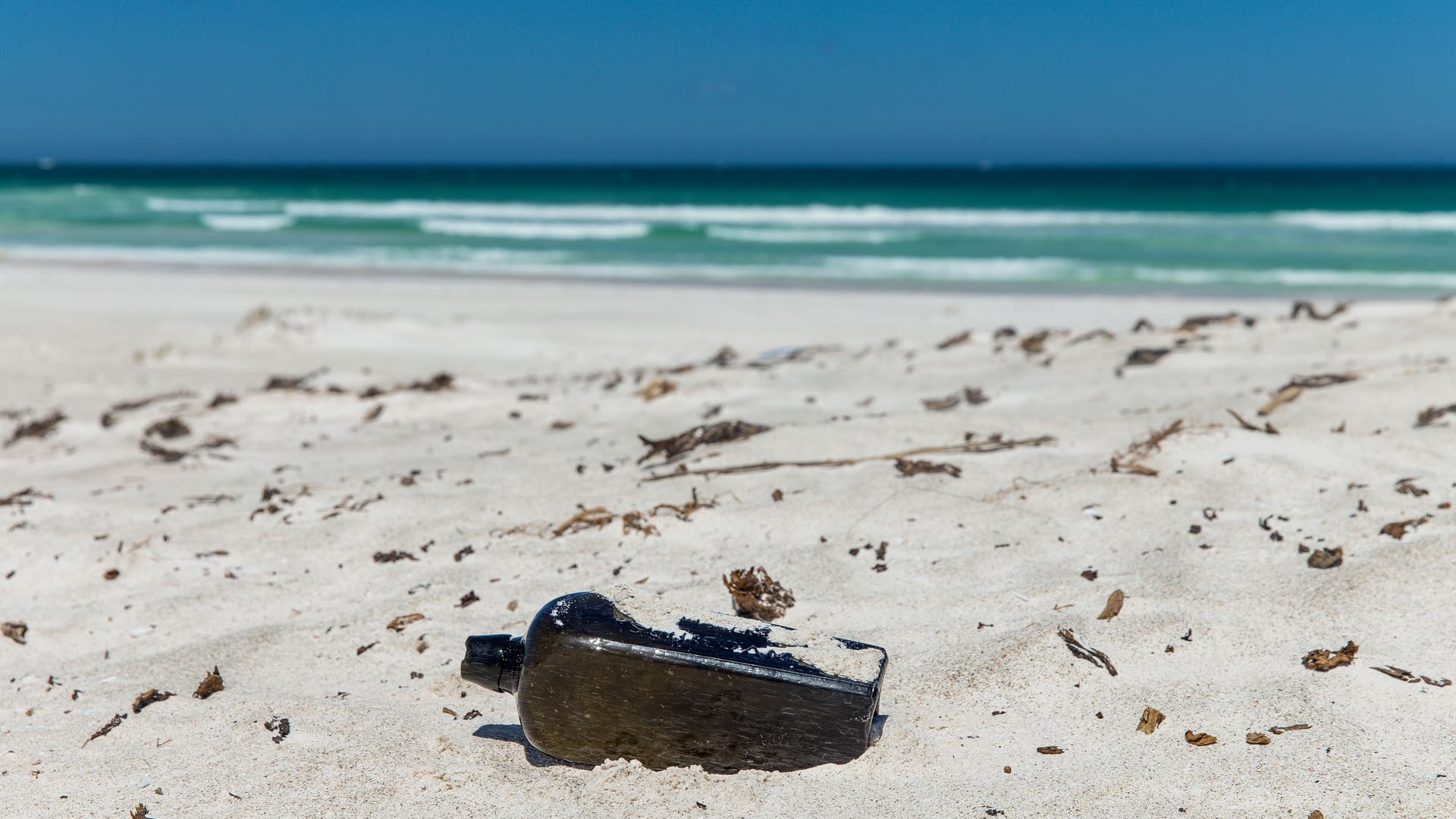Perhaps not in ancient times, but at the beginning of modern times one of the earliest examples of a message in a bottle fell into the sea. However, it wasn’t a glass bottle, it was a mail barrel. On February 14, 1493, the ship “Nina” was caught in a violent storm while sailing across the Atlantic Ocean – Christopher Columbus (1451-1506) was returning from his first voyage to America. When he was out of the Azores, fearing that the ship might capsize, he wrote a farewell letter, wrapped it in a piece of waxed linen and put the document in a barrel, which he sealed tightly and cast into the sea. Columbus later wrote that no one on board believed his letter would ever be found.
Columbus barrel mail was clearly an isolated case, for had it been from ancient seafaring lore, there would have been many more such reports. But there is no. So while the message in the bottle became famous through literature, when a shipwreck or disaster occurred in a story, real-life everyday life looked very different: It wasn’t the nearly capsized sailors who dumped thousands of bottles into the oceans, but oceanographers who They threw thousands of bottles into the ocean. He knew more about ocean currents he wanted to know.
Magic message in a bottle
Today, researchers no longer send bottles as propellants, but use so-called actuators with all kinds of sensors. to ARGO Global Ocean Observing Program About 3,300 measuring and transmitting instruments float across the seas around the world. Glass drift objects eventually proved useless in research, but the message in the bottle still fascinates people to this day. Perhaps it is because we already prefer communication in which information is transmitted quickly and reliably. This is exactly what the message on the bottle does not include. Because whoever threw them into the sea does not know when or if the message will arrive. But who isn’t surprised when a bottle is safely washed up somewhere after many years on the high seas?
In general: it is still useful to look for bottles thrown into the sea on behalf of Georg Neumayer on the beach. Neumayer, who founded modern marine research in Germany, was director of the German Naval Observatory in Hamburg until 1903. His last remaining message in a bottle was found by a woman in 2018 on the beach of an island off Western Australia. The bottle was thrown into the sea in 1886, so it may not be the oldest message in the bottle, but it is the one that has traveled the longest.

“Alcohol buff. Troublemaker. Introvert. Student. Social media lover. Web ninja. Bacon fan. Reader.”







More Stories
Ecologists Celebrate New Xesap National Park in Laos | Science
Is the wrong diet making you forget?
We can study it with a new telescope.